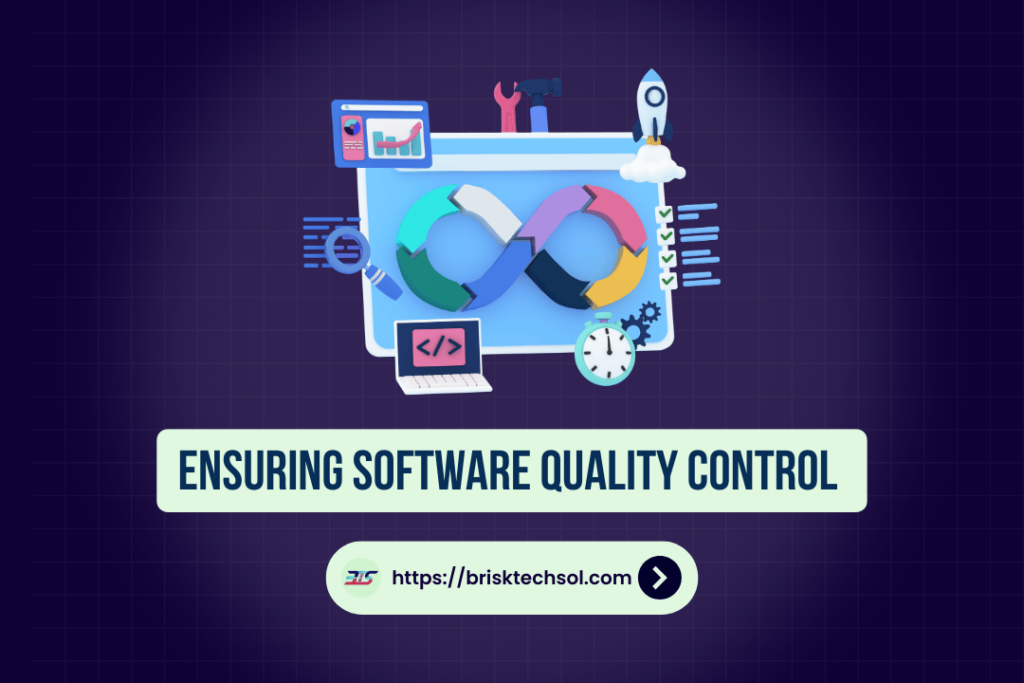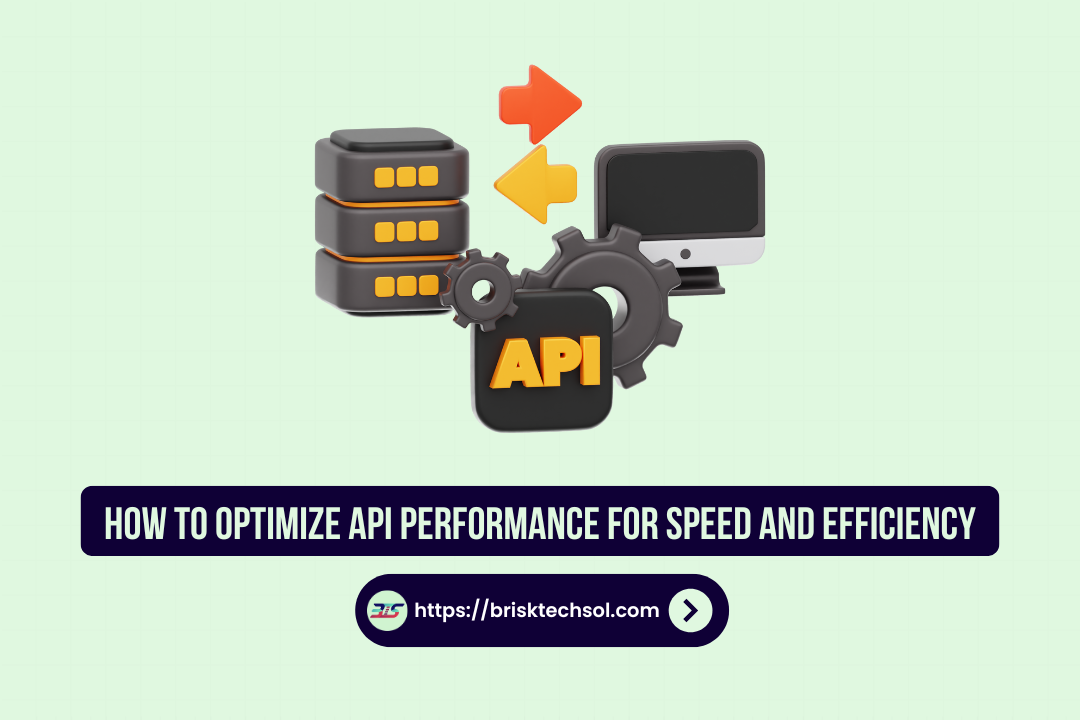Imagine releasing software that consistently meets user expectations and performs flawlessly. Software quality control is the systematic process of ensuring your software is reliable, efficient, and secure. In this guide, we break down what software quality control is, why it’s essential, and how to implement best practices to deliver high-quality products that satisfy customers and drive business success.
What Is Software Quality Control?
Software quality control (SQC) is the process of monitoring and evaluating the various aspects of a software product to ensure that standards and requirements are met. It encompasses activities like testing, code reviews, and process audits aimed at detecting and correcting defects throughout the software development lifecycle.
Key Aspects:
- Verification and Validation: Ensuring the product meets specifications and user needs.
- Defect Detection: Identifying and fixing bugs early in the development process.
- Process Compliance: Adhering to quality standards and regulatory requirements.
Importance of Software Quality Control
Quality control is not just a checkbox it’s a critical component that impacts user satisfaction, security, and the long-term success of software products.
Benefits Include:
- Enhanced Reliability: Reduces the number of bugs and system failures.
- Cost Savings: Prevents expensive fixes after deployment by catching issues early.
- Customer Satisfaction: Ensures a smooth and positive user experience.
- Competitive Advantage: High-quality software builds trust and differentiates your product in the market.
The Software Quality Control Process
A systematic SQC process involves several stages to ensure that quality is built into every step of software development.
Planning and Requirement Analysis
Before writing code, define quality goals and benchmarks. Engage with stakeholders to establish clear requirements and standards.
- Define Quality Metrics: Determine acceptable error rates, performance benchmarks, and usability standards.
- Requirement Reviews: Validate that requirements are testable and measurable.
- Risk Assessment: Identify potential quality risks early.
Testing and Validation
Testing is the heart of quality control. It involves a variety of testing methods to ensure the software works as expected.
- Manual Testing: Exploratory testing, usability testing, and user acceptance testing.
- Automated Testing: Unit testing, integration testing, and regression testing.
- Performance Testing: Load and stress testing to ensure the software performs under pressure.
Bullet Points:
- Use a combination of manual and automated tests.
- Continually update test cases as the software evolves.
- Monitor test coverage to ensure comprehensive evaluation.
Monitoring and Reporting
Ongoing monitoring allows teams to catch quality issues quickly and make necessary adjustments.
- Real-Time Monitoring: Use tools to track performance, usage, and errors in production.
- Reporting: Generate detailed reports to analyze defects, trends, and areas for improvement.
- Feedback Loops: Incorporate user feedback and test results into the development cycle.
Best Practices for Software Quality Control
Implementing best practices in SQC helps build a culture of quality and continuous improvement.
Establish Clear Standards and Guidelines
- Coding Standards: Enforce consistent coding practices.
- Quality Assurance Policies: Define processes for code reviews, testing, and defect management.
- Documentation: Maintain comprehensive documentation to guide development and testing.
Embrace Automation
Automation speeds up testing processes and reduces human error.
- Automated Test Suites: Integrate continuous testing into your CI/CD pipelines.
- Static Code Analysis: Use tools to detect issues in the code before runtime.
- Performance Monitoring: Automate performance tests to ensure the software remains responsive.
Foster Collaboration and Continuous Improvement
Quality is a team effort. Encourage open communication among developers, testers, and stakeholders.
- Regular Code Reviews: Ensure peer review of code for early defect detection.
- Retrospectives: Learn from past projects and continuously refine quality processes.
- Training: Invest in ongoing education on quality standards and new testing tools.
Tools and Technologies for SQC
A variety of tools can help streamline the SQC process:
| Category | Tool Examples | Purpose |
|---|---|---|
| Automated Testing | Selenium, JUnit, TestNG | Execute repetitive tests quickly. |
| Performance Testing | Apache JMeter, Gatling | Simulate load and stress test the application. |
| Static Code Analysis | SonarQube, ESLint | Identify code quality issues early. |
| Continuous Integration | Jenkins, GitLab CI | Automate testing and deployment pipelines. |
| Monitoring | New Relic, Datadog, Splunk | Track performance and usage in real time. |
These tools help ensure that quality control processes are efficient, thorough, and integrated into the development workflow.
Challenges in Software Quality Control
Despite best practices, SQC can present challenges:
- Complexity: Modern software systems are complex, making comprehensive testing difficult.
- Resource Constraints: Automated testing requires upfront investment in tools and training.
- Rapid Development Cycles: Fast-paced development can lead to shortcuts in quality control.
- Integration Issues: Ensuring compatibility across different platforms and environments can be challenging.
Conclusion
Quality control in software is key to creating reliable productive, and safe apps. When you combine thorough testing ongoing checks, and teamwork, you can spot problems and give users a great experience. Using new tools and keeping up with what’s coming next will help your company stay on top in a tough environment leading to success and happy customers.
FAQs
1. What is software quality control?
Software quality control is the process of monitoring and evaluating software to ensure it meets predefined standards and functions correctly.
2. Why is SQC important?
It helps identify defects early, enhances reliability, reduces costs, and ensures a positive user experience.
3. What are common SQC methods?
Methods include manual testing, automated testing, static code analysis, and performance testing.
4. Which tools are popular for SQC?
Popular tools include Selenium, JUnit, SonarQube, Apache JMeter, and Jenkins.
5. How can I integrate SQC into my development process?
Incorporate SQC practices into your CI/CD pipeline, use automated testing tools, and foster a culture of continuous improvement.









